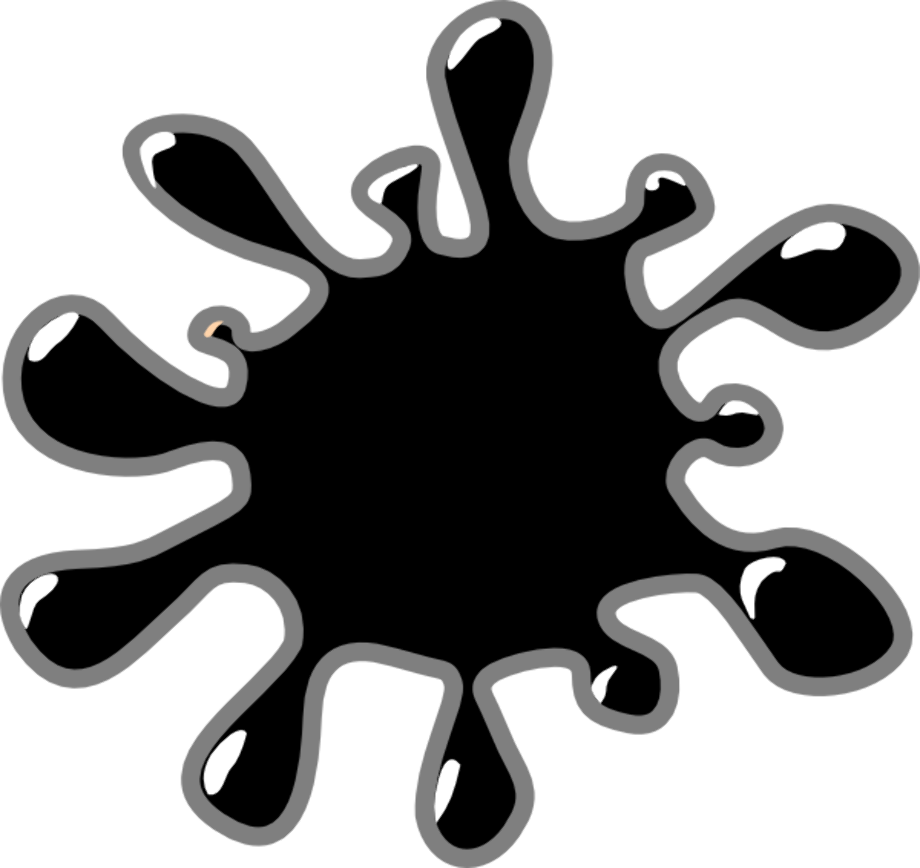
- GIMP TRANSPARENT BACKGROUND BLACK HOW TO
- GIMP TRANSPARENT BACKGROUND BLACK CODE
- GIMP TRANSPARENT BACKGROUND BLACK SERIES
- GIMP TRANSPARENT BACKGROUND BLACK FREE
GIMP TRANSPARENT BACKGROUND BLACK CODE
Hi, I’m Sirar! I love writing code and talking about it.įollow me on Twitter and check out my stuff at GitHub.īlog theme is Hydejack built with Jekyll and hosted at GitHub. Go to Layer -> Transparency -> Add Alpha Channel:Ĭhoose PNG file format and click on Export:Īnd that’s it! The image now has a transparent background. First, open up the image in Gimp by going to File -> Open as Layers.:Ĭlick on the background of the image (the area which you want to make transparent):
GIMP TRANSPARENT BACKGROUND BLACK FREE
This is the kind of tool you want to go for which is free and is packed with tons of stuff.Īlright, so on to the ultimate question how can you make the background of an image transparent? It’s a really easy and straightforward process. It’s rich with functionality and you can do a great deal with it, I highly recommend using it if you want to do image editing. 61 When I copy a PNG image with transparency to the clipboard and subsequently paste it into Photoshop, Paint, etc. Gimp is an awesome, free open source image editor.
GIMP TRANSPARENT BACKGROUND BLACK HOW TO
I thought that, once and for all, I’d write a blog post on how to do this. No matter which tool you use, it's usually easier to create your selection from whichever is the smaller of the foreground or background, so there's less work to do.I feel that everytime I want to do this (which is like once or twice a year), I find myself googling. Press Ctrl + I or Cmd + I to invert the selection, then hit Delete to remove the background.Repeat this until you've selected the whole foreground object.The direction in which you drag will determine the depth and angle of the curve. Click and release to connect to the previous anchor point with a straight line click and drag to connect with a curved line. Now move the cursor a little way along the edge of the object and click again to drop a new anchor point.Select the Pen Tool and click on the edge of the object you want to select.However, this time the line does not magnetically attach to the object you're selecting. The new layer shows up in Gimp, but it is always filled with black. When I create a new layer on opened image, it adds a black background color, even though I call (gimp-drawable-fill layer TRANSPARENT-FILL) and add afterwards the new layer to the image.
GIMP TRANSPARENT BACKGROUND BLACK SERIES
Like Scissors Select, the Pen Tool also allows you to make a selection by drawing a line between a series of anchor points. Im trying to learn Scheme / Script-Fu for making some Gimp-Scripts.

If this line tightly follows the edge of the object you're trying to cut out, release the mouse button to create a new anchor point. Click on the Fuzzy Select editing tool and click anywhere on the background of your image. A line will appear, connected to the previous anchor point, showing the edge of your selection. This tutorial shows you how you can efficiently replace the background of an image with another in GIMP, through the use of the color to alpha plug-in.
Move the cursor a little way along the edge of the object, then click and hold. Using Anti erase on a transparent area that has always been transparent will leave a black trail, as though you were drawing with the Pencil with a black.This drops an anchor point onto the image. Click and release on the edge of the foreground object you want to select. 4 Ways to Remove an Image Background with GIMP 1.Then, in Tool Options, select Interactive boundary. The Scissors Select Tool enables you to semi-automatically select and isolate the foreground object, so that you can then erase the background.


 0 kommentar(er)
0 kommentar(er)
